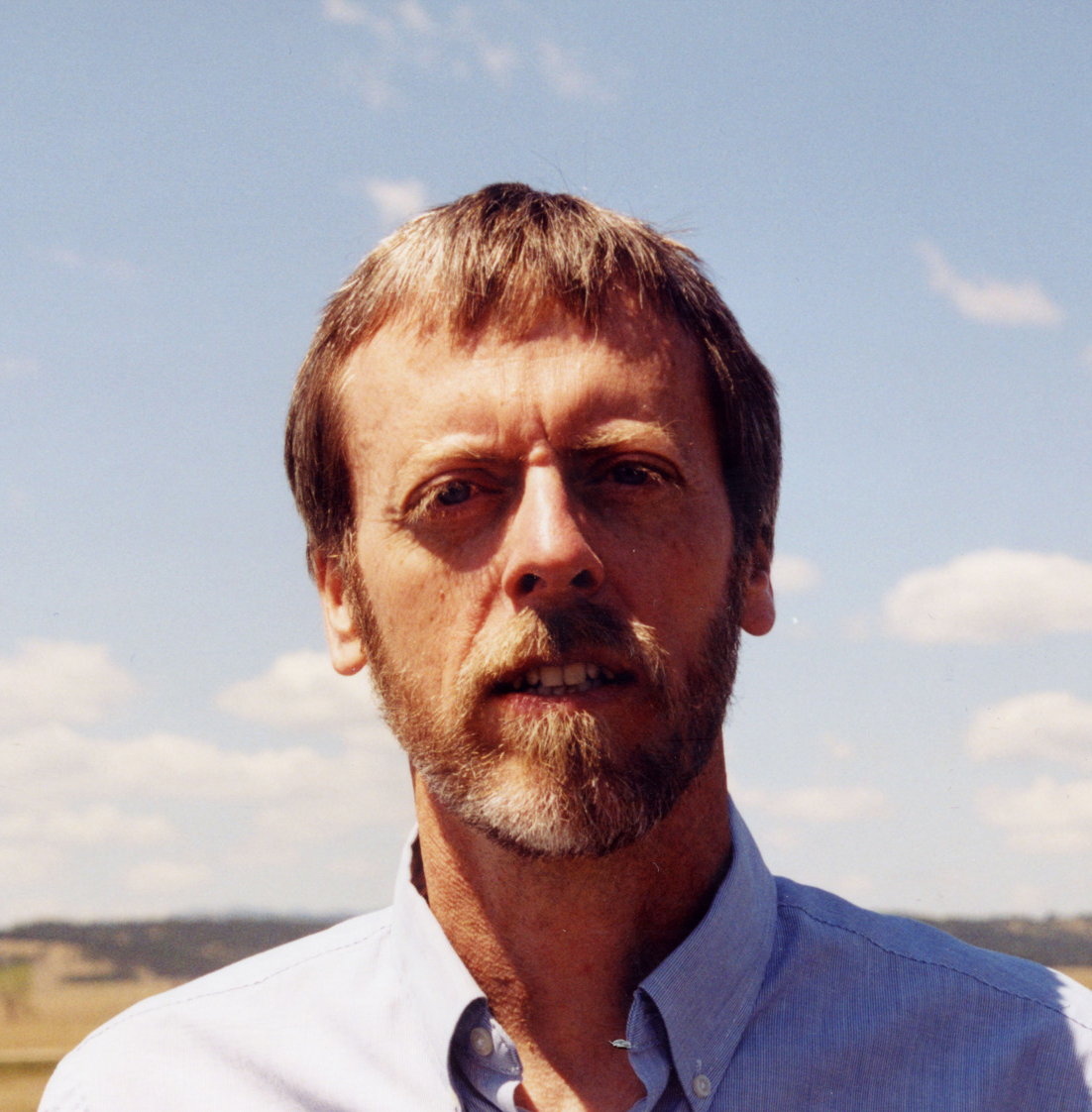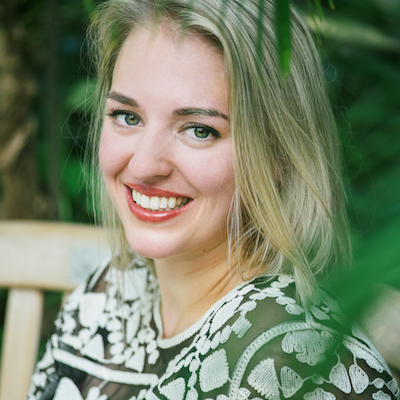
Even as a seventh grader, Julie Garreau knew something was missing from her hometown of Eagle Butte, South Dakota. The closest movie theater or bowling alley was over an hour away, after-school activities were all but nonexistent, and jobs were tough to come by. As a kid, she played outside, lay in the grass and tagged along with her mom to work. Outside of that, there wasn’t much to do.
When she returned home after college, little had changed. Her town still didn’t have a youth center or safe space where kids could spend their evenings. So Julie partnered with the community to build one.
Since opening in 1988, the Cheyenne River Youth Project (CRYP) has expanded from a single building—a renovated bar formerly known as the Little Brown Jug—to a campus so expansive it covers nearly six and a half acres. CRYP has turned a poverty-stricken community into the epicenter of a nationally recognized organization for Lakota youth.
“These kids know so much, but they’re not necessarily given all the tools,” says Julie, the executive director of CRYP.
“Everything I’ve done to build the organization is a reflection of what I’ve seen in the community, what I’ve heard from the kids or what I experienced myself. People thrive in environments that encourage them to thrive.”
Take Joseph White Eyes. Julie knew him as a kid, and he essentially grew up at CRYP. He showed up each morning when the center opened, and he stayed until it closed. He ate his meals there, got his Christmas presents from CRYP and even went through a rebellious phase with Julie. Today, the 22-year-old is touring the country as an advocate and activist for the water movement. Three years ago, he ran 2,000 miles from North Dakota to Washington, DC, to protest and meet with government officials about the construction of the Dakota Access Pipeline.
“Without the Cheyenne River Youth Project I probably wouldn’t be in college now,” says Joseph. “I probably wouldn’t be employed, or have traveled and seen the world. CRYP brought in international volunteers to expose us to the outside world. I really took that into my heart because they offered me so much and I just wanted to give back.”
The kids who call the Cheyenne River Sioux Reservation home experience some of the highest poverty rates in the country. That kind of economic hardship is often accompanied by other challenges: gangs, addiction, suicide, teen pregnancy and abuse. But CRYP creates opportunities that lift kids out of those situations. When Julie visited the high school and asked students what they wanted to see at CRYP’s new campus, they asked for classrooms, computer labs, libraries and art studios. Today the youth have a sprawling teen center, an innovative internship and job training program, a 2.5-acre garden and an art park that welcomes graffiti artists. Through each event or program it hosts, CRYP widens the realm of possibilities for kids living on the reservation, giving them the support they need to choose a different path forward.
“The kids we work with are our relatives; they’re not just our clients. Part of our responsibility is to help mold them into stronger, healthier people,” says Julie. “What we’re trying to do is to introduce them to ideas and open up their minds and hearts to so much more.”

Tammy Granados started working with CRYP as a wellness coordinator in 2011. She was promoted to youth programs director in 2013 and served in that position for five years. Fourteen years ago, however, she was another high school student. She participated in CRYP’s Midnight Basketball program and received a prom dress through its Passion for Fashion event. What CRYP still lacked when she was a student, however, was an internship program.
“Our youth aren’t always fortunate enough to have positive guidance and encouragement. Realizing your potential and finding your way gets difficult,” says Tammy. “I grew up in similar situations and hardships. I think back on the conversations that would have been beneficial to me and ask: ‘How can we address that?’”
For Tammy, the internship program CRYP launched in 2013 encompassed everything she wished someone had taught her back in school. The organization’s current students echoed her sentiment. When Julie first visited the local high school in 2001 to share CRYP’s plans to build a new campus, the kids asked for a classroom where they could learn skills like balancing a checkbook. For years, Julie had observed that the reservation workforce lacked some of the basic skills she looked for in an employee. So CRYP decided to get proactive and train the youth in the community to be the kind of employees it hoped to hire one day.
“If you really want to understand a community and what’s happening, spend some time with some kids,” says Julie. “They just see it like it is. They became my teachers. When I paid attention to the kids, it helped me realize what I needed to do to guide the program.”
As CRYP staff members reflected on what it was like for them growing up in the community, they realized the kids needed an internship program that went beyond teaching specific job skills like tending a garden or working as a barista. Instead, CRYP’s program also had to dig into soft skills—building healthy relationships, time and stress management, personal wellness and financial literacy—that helped teens hang onto a job once they were hired.
“Preparing them for work life and all that comes with it is pretty important,” says Julie. “If people can’t function in a healthy manner, it’s going to have an impact on everything.”
In fall 2013, 50 teens applied for the program’s first 10 positions. Nearly two years later, 142 teens had completed CRYP’s 80-hour internship program. Originally, each teen earned a $500 stipend once they completed the program, but staff started to notice that in practice this model didn’t fit the kids as well as they had hoped. For some of the students, life circumstance outside of their control prevented them from finishing the full 80 hours—and from receiving any money.
“That’s disappointing for the kids. They’re pretty fragile. Not that we were doing anything wrong before, but we wanted to acknowledge them for making some headway,” says Julie. “The kids are still learning, so we should give them credit for what they learned.”
In 2017, CRYP changed the program to resemble an a la carte menu. The organization attached a dollar amount to each class the kids could take. Students still needed to participate in the full length of the cohort—either two or three months—but at the end if they only completed 60 hours, students still earned part of their stipend based on the classes they finished.
Cheyenne River’s youth responded. By the end of 2018, more than 600 students had graduated from the five-year-old program.
 The town called it the banana bread phenomenon. For nearly a decade, the local grocery store donated bins of browning bananas to CRYP. Community members pitched in flour and sugar, and with it CRYP staff members cranked out loaf after loaf. CRYP’s legendary banana bread made a name for the group, and staff easily sold dozens of baked goods each week to construction crews and hungry residents.
The town called it the banana bread phenomenon. For nearly a decade, the local grocery store donated bins of browning bananas to CRYP. Community members pitched in flour and sugar, and with it CRYP staff members cranked out loaf after loaf. CRYP’s legendary banana bread made a name for the group, and staff easily sold dozens of baked goods each week to construction crews and hungry residents.
“From the very beginning we had very little, so that’s how we made money if we didn’t have it,” Julie says. “We took nothing for granted. We just hustled and worked.”
A lack of money, especially in CRYP’s earlier years, drove Julie and her staff to become more creative in finding resources to keep their programs running. At Halloween, Julie borrowed an old, stripped-down ambulance from a friend. Her staff dressed up as ghouls and monsters and drove around blasting “Monster Mash” from the speakers. For $15, CRYP staff would dance and deliver a plastic jack-o-lantern stuffed with candy.
As a small organization, CRYP needed to learn careful money-management skills during those early years—skills that the nonprofit organization still puts into action today. Even now, when staff members bring Julie a purchase order, she asks: Did you check for the best price? Do we already have this? Would our money be better spent somewhere else? That frugality was driven in part by a commitment Julie gave the kids when she first launched CRYP: to be the one safe space they could always count on.
“Once you make a promise to your kids, you can’t break it, especially in a community like ours,” says Julie. “You’ve got to be here tomorrow and a year from now, so you have to be careful that you don’t upset that basket. We grew as we had money to grow.”
To bolster its sustainability, CRYP continued to think like a small-budget operation, even as the organization grew larger. Julie wanted to make sure that CRYP learned how to survive and keep its doors open without the help of big bank loans that would be hard to pay back, or grants that might only support the organization for a few years. Every dollar that flowed into the organization received the utmost respect from Julie and her staff. Because they never had a lot, they were always practical, smart and careful with the money they received.
In 2008, that attitude helped CRYP withstand a major blow when the organization lost a substantial portion of its funding. “It was devastating,” says Julie. The unexpected loss overwhelmed her. As the executive director, she didn’t know what to do; but, instead of sitting in her office and wringing her hands, Julie decided to take her staff bowling and out to eat.
“Sometimes
you have to
hold it
together.”
“Sometimes you have to hold it together. It’s okay to step back and take a minute. You may not have an answer, but you can go do something with your staff,” says Julie. “When you lose funding like that, it’s not like you can say, ‘Oh, I found it today.’ It’s more about finding your resolve; once you find that, you’re going to find a solution.”
After Julie broke the news to her staff, she saw her team double down on its commitment to the organization’s mission and go to new lengths to find local fundraising opportunities to fill the gap. The added pressure forced CRYP to kick its creativity into overdrive and invest in innovative programs it originally planned to roll out five years down the line. CRYP devoted more energy to its social enterprise work by opening a campus gift store stocked with local products, and by ramping up its farmers market and canning program. “Money alone wouldn’t fix what happened here,” says Julie.
“We needed to fix what happened here. A lack of resources made us stronger.”

Produced in partnership with the Bush Foundation
to showcase the culture of innovation
behind its Bush Prize winners.
Contributors



